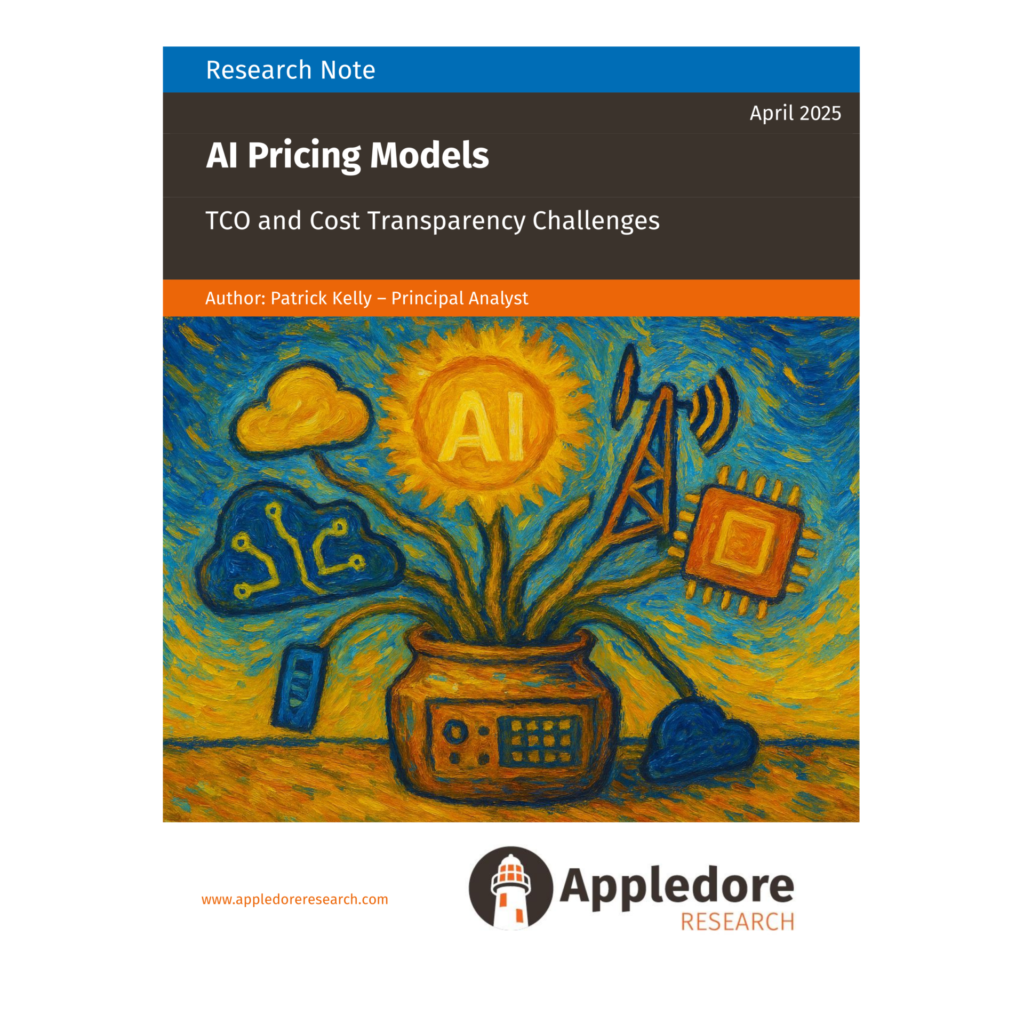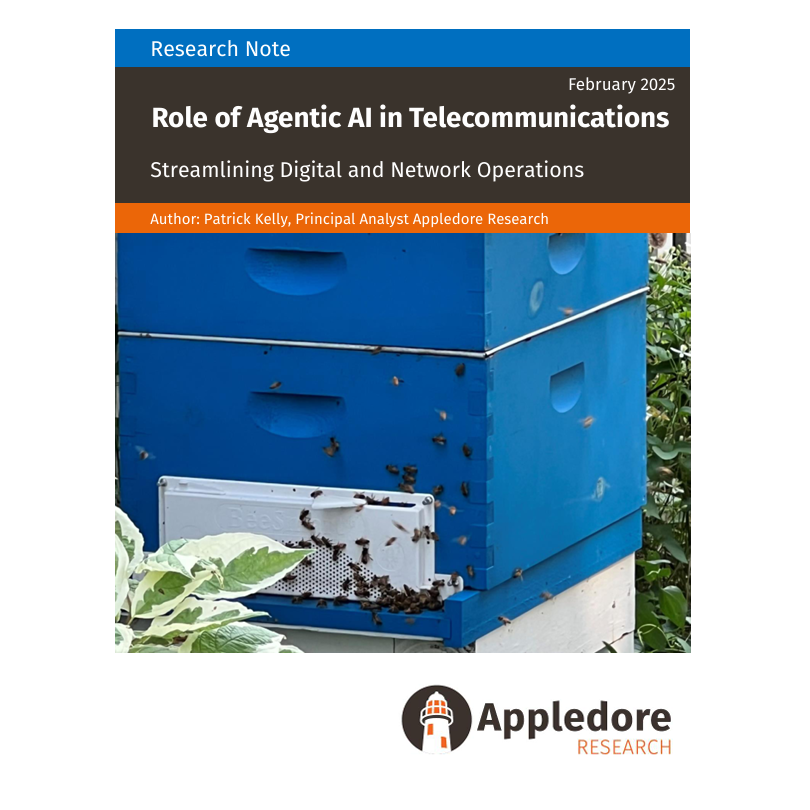
AI Pricing Models
The AIOps market is experiencing a renewed surge, largely driven by the rise of Generative AI and the emergence of Agentic AI. CIOs, CFOs, and CTOs increasingly recognize their potential benefits as these technologies move into commercial deployment. However, widespread confusion persists around pricing and cost structures. This stems from the diverse and often inconsistent pricing models used by vendors, leading to opaque and unpredictable total cost of ownership financial modelling. The resulting lack of clarity is slowing adoption and creating significant uncertainty for executives and buyers of the technology.
Many Generative AI solutions charge per API call, token usage, or interaction, making it difficult to forecast costs, especially at scale. This is compounded by opaque vendor consumption pricing models, with wide variability in how suppliers structure licensing. The absence of standardized pricing terms creates confusion for procurement and finance teams attempting to assess and compare offerings.
Beyond licensing, hidden integration costs are not well understood. AI agents often require data integration with legacy OSS/BSS systems, leading to unexpected post-deployment expenses. These are rarely accounted for in initial ROI projections. Moreover, as AI agents span multiple domains—from customer care to billing to network operations—telcos struggle to attribute costs and measure value effectively. Internal chargeback models are often ill-equipped to handle shared-service AI capabilities, obscuring cost accountability across departments.
Table of Contents
Executive Summary
Market Reality Today
Evolution of Pricing Models
Software Pricing Models in Market Today
Recommendations


